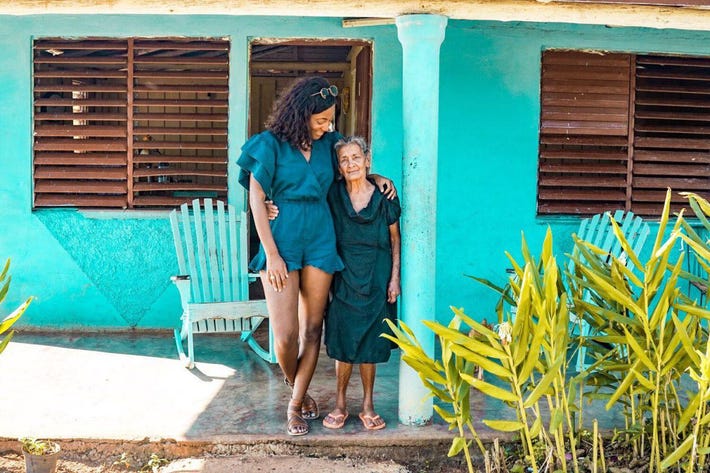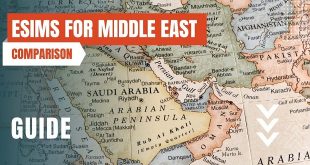Every place has its unique charms and challenges, and Cuba certainly isn’t immune. If you’re American and you’ve managed to get past all the hurdles to arrange your trip to Cuba, the rest of it will be easy, especially with these tips.
First off give up on any notion of Couchsurfing. It is illegal for Cubans to invite tourists to stay in their home. But don’t pout! This doesn’t mean you’ll have to spend a small fortune living in some bland hotel. In almost every city in Cuba, you will find a casa particular which is your next best bet. These are homes that have been licensed to rent out rooms to tourists. The rooms are very clean, comfortable, usually air conditioned, and include a private bathroom and at least a small fridge. Usually you will also have full access to the kitchen so you can prepare your own meals. Many of the casas also will offer to make you breakfast and/or dinner for between 3 and 6 CUC, and sometimes it’s included in the room price. Rooms are seldom cheaper than 25 CUC, though, because the license costs your host 200 CUC a month whether or not they have had any renters. So if they won’t budge on the price, it isn’t because they’re taking advantage. There are no real hostels or cheaper accommodations unless you have a family member who lives here or you’re a student attending a Cuban school.
Get to know the money. Basically Euros and CUC are king. American dollars are taxed, so if you plan on converting those here know you will get about 87 cents per dollar. Also don’t bring coins of any kind. They will only exchange bills. Most people have found that relying on ATMs or credit cards is nearly disastrous (impossible for Americans), so it’s better to bring cash and/or traveler’s checks. Cuba has 2 forms of tender: the convertible peso (CUC, pronounced like “kook”), which is generally equal to 1 USD, and the Cuban peso or moneda nacional . Generally speaking restaurants accept CUC only and ditto for the taxis. The peso shops (look for a window with people milling about, sometimes a small awning overhead) will accept both and prices are listed as pesos. When exchanging money it’s best to just get CUC. The peso shops will give you change (23 pesos to 1 CUC). At a peso shop you can get a light meal and drink for 2 people for less than 1 CUC. Anything that comes in a bottle or can will be sold in CUC (a 1.5-L bottle of water or soda is around 1.20). Restaurants have higher quality and larger portions but cost more (about 8 CUC for 2 meals plus drinks). Pizza is a VERY common food here, and it’s easy to find a medium-sized pizza for 3 CUC.
Taxis are reasonably priced but not as cheap as in other countries. The bus system is very good here, but it can be confusing for foreigners, and the schedules, routes, and stops aren’t always very clear. In restaurants watch out for overcharging and calculation errors. For getting to other places in Cuba, Viazul is the selection for foreigners. It’s a bit pricey, however. The nearest location away from Havana is 10 CUC pp one way (children up to 12 are half off), for example, and it’s about a 1-1/2-hour ride.
Conclusion
It may be a bit more expensive to visit here, but you can’t beat its safety, the Cuban joie de vivre, the intimacy of a sunset on the Malecón, or its unique feel.
 Tech Readers
Tech Readers




